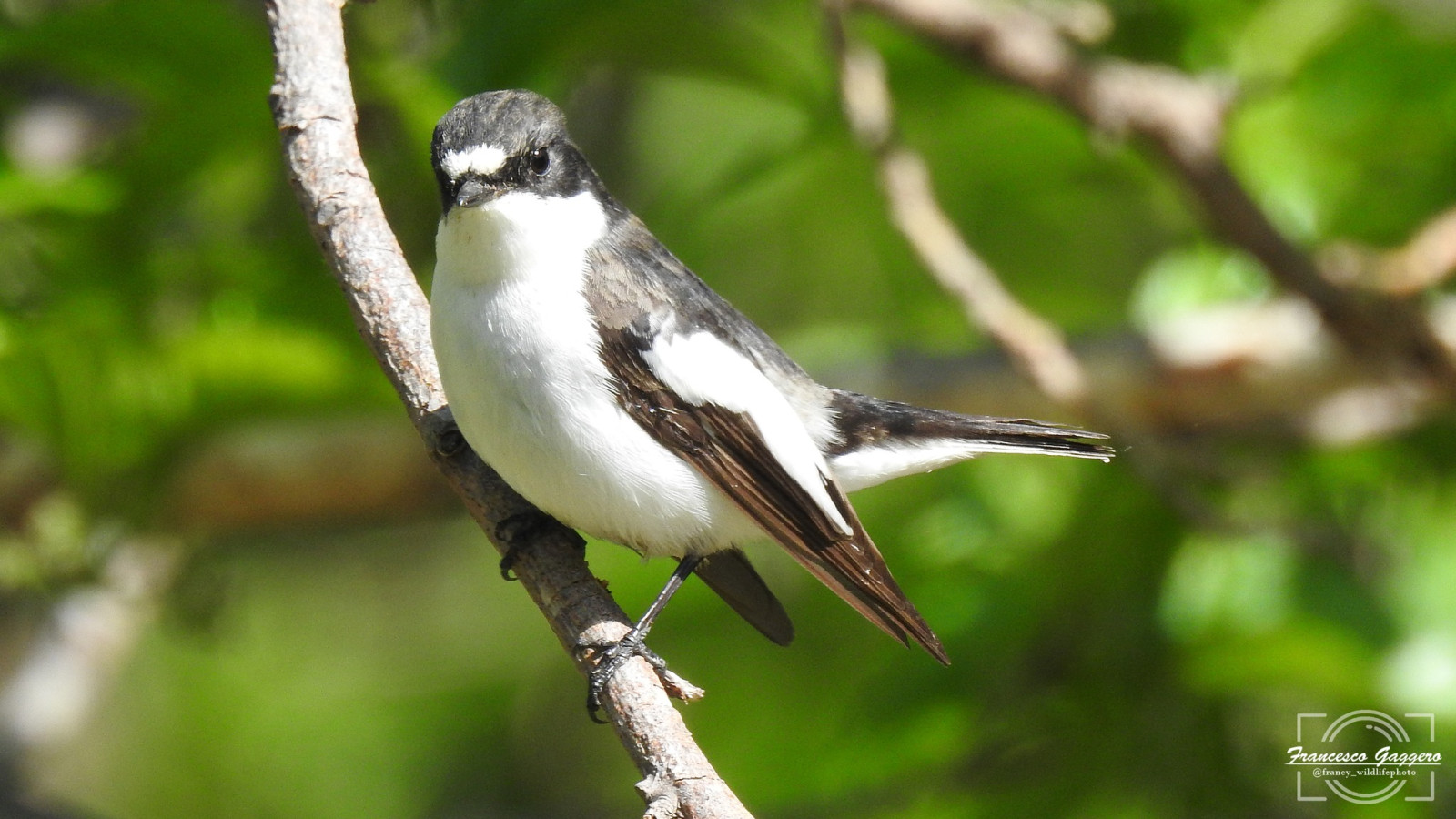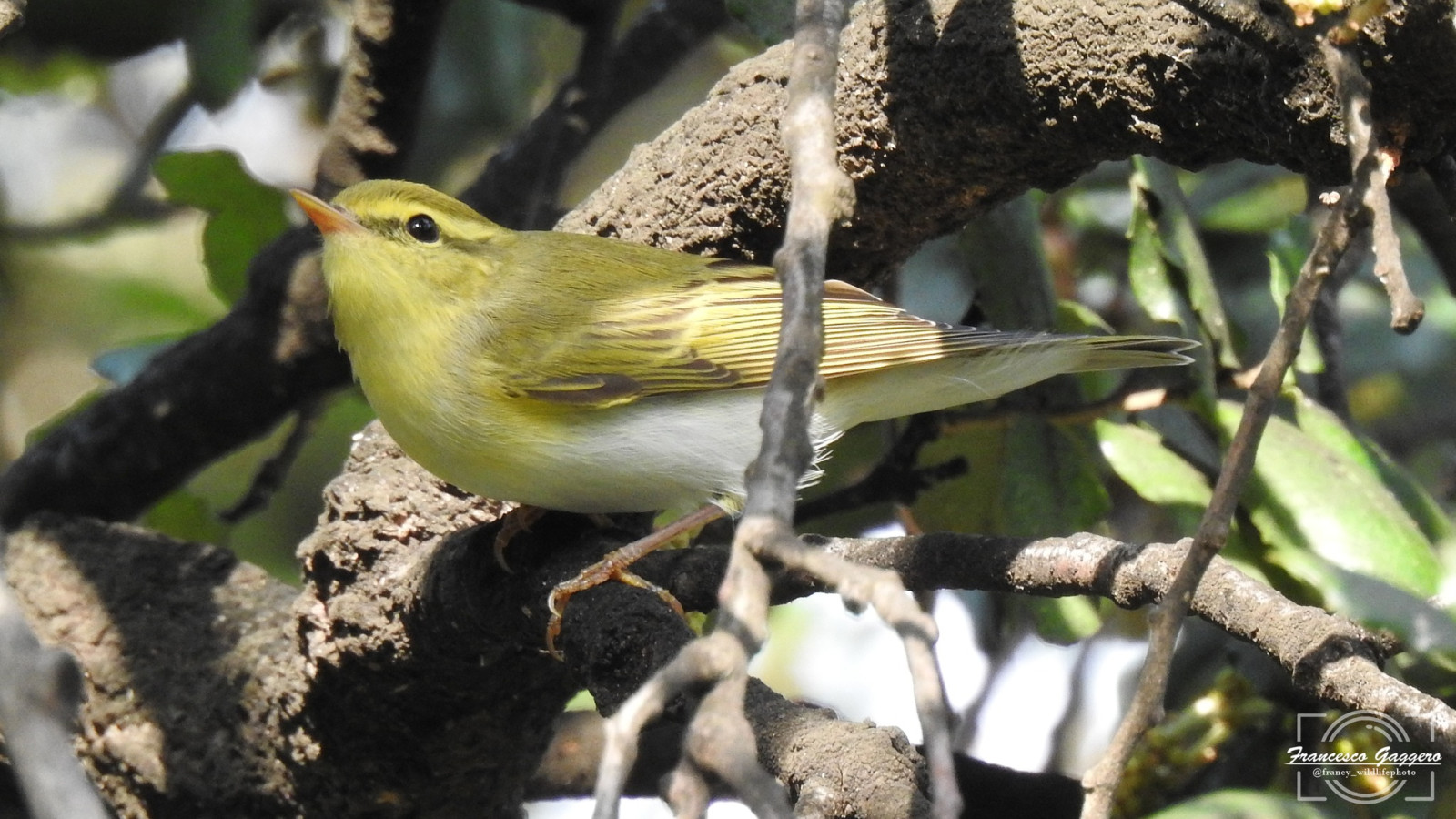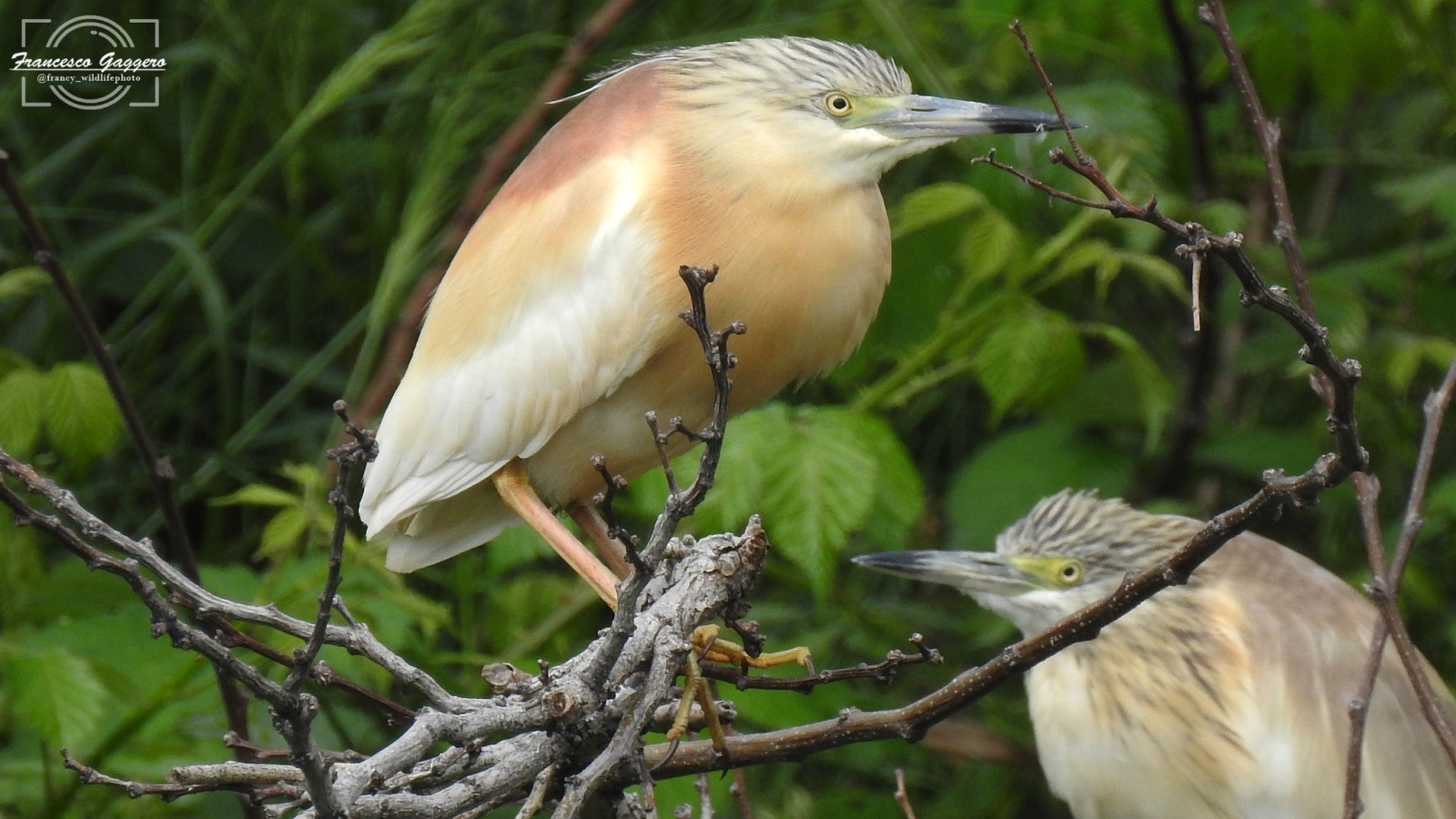Opis
Fascia di Rispetto di Genova Prà. In winter and summer this park is not worth a visit since only common and urban birds are present. rudzik, kos (zwyczajny), wrona siwa, kawka, mewa romańska, dzwoniec, pliszka siwa, can be found throughout the year. pustułka (zwyczajna) is present too but less common, and a aleksandretta obrożna colony is now stable. During spring migration this place turns into a targeted stop for trans-Saharan passerines. You can find pokląskwa, muchołówka żałobna, pleszka and muchołówka szara perched on top of lampposts, stakes and benches while birds like cierniówka, pokrzewka wasata and pokrzewka różowobrzuchaare hidden inside bushes, or eat bugs on top of trees such as Quercus ilex or Quercus suber, together with trzcinniczek (zwyczajny), łozówka, and other acrocephalus birds. The latter is particularly appreciated from insectivorous birds. Some years ago it was possible to see up to eight or nine different species, moving from branch to branch. On top of one tree I personally saw trzcinniczek (zwyczajny), trzciniak, rokitniczka, gajówka, zaganiacz szczebiotliwy, zaganiacz, cierniówka, pokrzewka różowobrzucha, pokrzewka wasata, and other birders saw piegża, świstunka leśna and krętogłów. A noteworthy species to mention is the syczek , but it was seen only once, resting on a tree.
dzierzba rudogłowa and gąsiorek stays on shrubs and are a regular presence during spring migration, together with słowik rdzawy, whose beautiful song can be heared. On the grass you may find pliszka żółta of different subspecies (flava and cinerocapilla the commonest among the others) and krętogłów. If you are really lucky also trznadel czarnogłowy can be found in late May/early June (1 the 2012/06/29, 2 (m+f) the 2013/06/1-2). Needless to say, the sky is covered with migrant żołna, dymówka, oknówka and jerzyk and for this reason kobuz can be observed. Also kobczyk is a regular presence.
Irregular and vagrant species need to be included too:
- during pandemic a kraska was seen on a lamppost (2020/05/28). It was the first sighting of Coracias garrulus in the park, but in the upper hills the species is a regular migrant (6 together in May).
- pasterz may occur during its periodical invasion in late May. They can be seen feeding on mulberries or sour cherry trees. (2018/05/29)
- a trznadelek was seen 2018/04/16. Emberiza pusilla is a vagrant bird in Liguria region.
The surrounding area is noteworthy too: from the canal wooden bridge you may see bączek (regular presence) and czapla purpurowa. Other heron species like czapla złotawa, czapla siwa, czapla biała fly in formation above the canal and the city. The canal, which full name is Canale di calma di Pràm is a nice spot also in winter. nur rdzawoszyi is a regular winter species, and uhla was a special guest during December 2017. Also, śmieszka, mewa romańska are present.
The area near the ecological island is a real hidden gem, having hosted migrant passerines such as ortolan (more than five together!), rokitniczka, świergotek drzewny, pliszka żółta, kobczyk, kobuz, cierniówka and also a pair of bażant during pandemic. You can make a stop here, but I doubt this place will host again such a wide variety of species. May is the perfect month to admire Trzmielojad migration: if you are lucky enough and the wheather condition is good, you can sit on the park bench and see flocks of raptors flying above the city. Also, kania czarna, gadożer and orzełek are regular migrant raptors that you can spot from March to May.
Szczegóły
Dostęp
The park is accessible by car and by bus. There are two car parks, one at west and one, bigger, at east. There are also 2 near bus stops.






